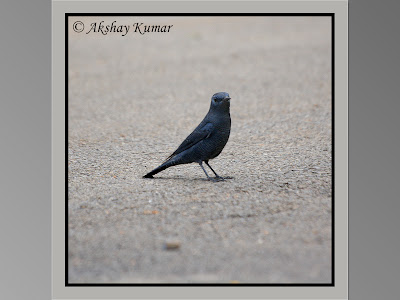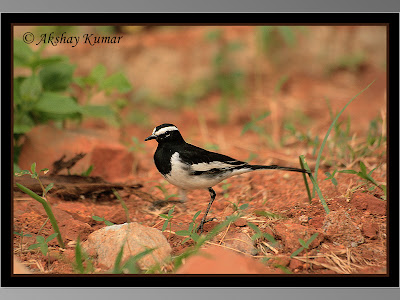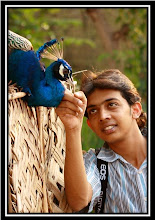Basic bird facts:
1. Birds are warm-blooded animals. They have wings, feathers and a beak. Birds do not have any teeth.
2. Most, but not all, birds can fly. Not all flying animals are birds. For example, bats are not birds.
3. Birds have strong hearts. This is important because their heart helps them breathe easier when they fly.
4. Most birds eat insects. Some birds – like owls and eagles – are meat eaters. Other birds – like a hummingbird and Canada goose – are mostly plant-eaters.
Are any birds poisonous?
There are only two known poisonous birds. One is the Hooded Pitohui or "garbage bird". The other is the Ifrita. The poison is found in the bird's feathers and skin. The poison probably comes from a plant that the birds eat.
Homeowners play a major role in pesticide consumption. Use natural garden pesticides.
Homeowners use up to 10 times more chemical pesticides per acre on their lawns than farmers and spend more per acre, on average, to maintain their lawns than farmers spend per acre on crops.
Fortunately, homeowners have many opportunities to lessen the impacts of pesticides on birds and minimize bird deaths, by using natural garden pesticides;
Reduce your dependence on pesticides and use natural garden pesticides. Practice prevention and minimize the build-up of pests, thus reducing the need for pesticides.
1. Move piles of wood away from the house and elevate them off the ground;
2clear away litter, garbage, and pet droppings; and provide good drainage to prevent standing water that will attract pests such as mosquitoes.
Plant native grasses, shrubs, and trees. Natural Grasses for Birds This will help decrease the need for fertilizers and watering, as well as pesticides, because native plants are often hardier than non-native plants and less susceptible to pests and disease. Contact your County Cooperative Extension Service for help in identifying native plants for your region. Put an assortment of plants in your yard to increase biological diversity and encourage a variety of beneficial organisms that provide natural pest control.
Rotate the plants in your annual garden to reduce pest buildup and maintain soil quality.
Grow plants that are natural insect repellents, such as lemon balm, among your flowers and vegetables to help keep unwanted insects away.
Choose natural garden pesticides and controls whenever possible. In your garden, try mulching to avoid weed growth, and spading, hoeing, or pulling up weeds. For your lawn, mow frequently and set your mower at 2 to 3 inches. This encourages a healthier, thicker lawn better able to survive drought, tolerate insect damage, fend off disease, and shade out weeds that are attempting to germinate and grow.
Use selected pesticides and apply them carefully. If you must use a chemical pesticide, use one that is specifically registered for your needs and has the least environmental impact. Apply it in a controlled and localized manner to help prevent contamination of surrounding areas by aerial drift, runoff, or other means. Contact your County Cooperative Extension Service or local nursery for help in identifying pesticides that most closely meet these criteria. Always closely read and follow the directions on the product label when applying pesticides. Be aware that many “organic” pesticides may be just as toxic as synthetic pesticides.
Properly dispose of surplus pesticides according to product labels or by checking with local solid waste management authorities.
Attract birds! Birds play an important role in natural garden pest control. Even leaf-eating birds prefer nutritious insects when building strength for parenthood. In fact, insects are a major part of many songbirds’ diets. Design your yard to provide ample food, cover, and shelter for birds, and place a birdbath in the center of your garden. (Birds can usually find enough food, but adequate water is often hard to come by.)
Attracting wild birds is a good, safe way to combat pests!
Mentioned below are the list of birds found at my backyard
Mentioned below are the list of birds found at my backyard
References:
 |
| Pied Bushchat Male |
 |
| Common Blue Kingfisher |
 |
| Koel Female |
 |
| Red Whiskered BulBul |
 |
| Great Tit |
 |
| Juvenile Scaly Breasted Munia |
 |
| Scaly Breasted Munia (Male) |
 |
| Myna |
 |
| Spotted Owlet |
 |
| Pied Bushchat (Female) |
 |
| Blue Rock Pigeon |
 |
| Ashy Prinia |
 |
| Purple Sun Bird |
 |
| Indian Robin Juvenile (Female) |
 |
| Indian Robin Juvenile (Female) |
 |
| Indian Robin (Male) |
 |
| Scaly breasted munia(Female) |
 |
| House Sparrow(Female) |
 |
| House Sparrow (Female) |
 |
| House Sparrow (Male) feeding on Grass Hopper |
 |
| Spotted Dove |
 |
| Spotted Dove |
 |
| Purple Sun Bird |
 |
| Purple Rumped Sun Bird( Male) |
 |
| Blue Rock Thrush |
 |
| Wag Tail |
.






